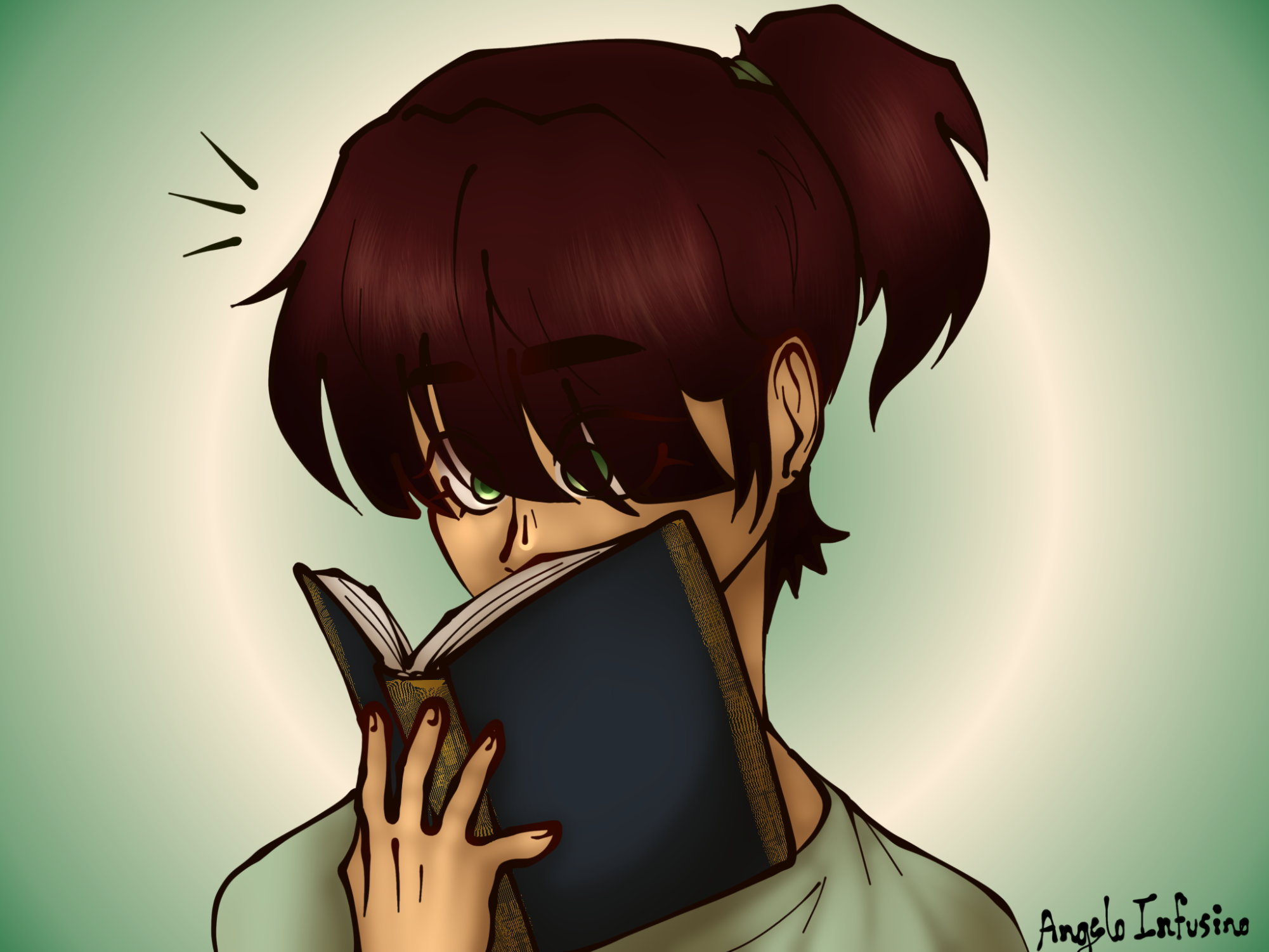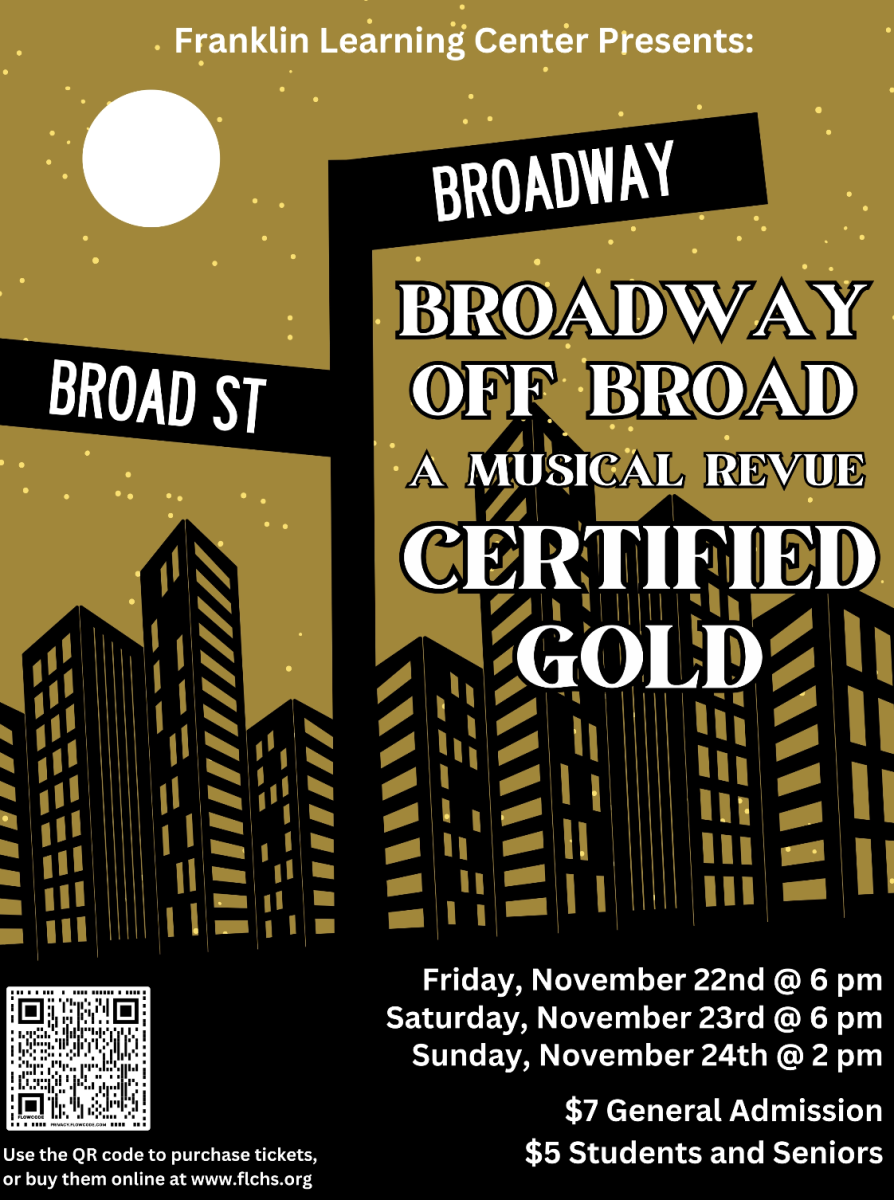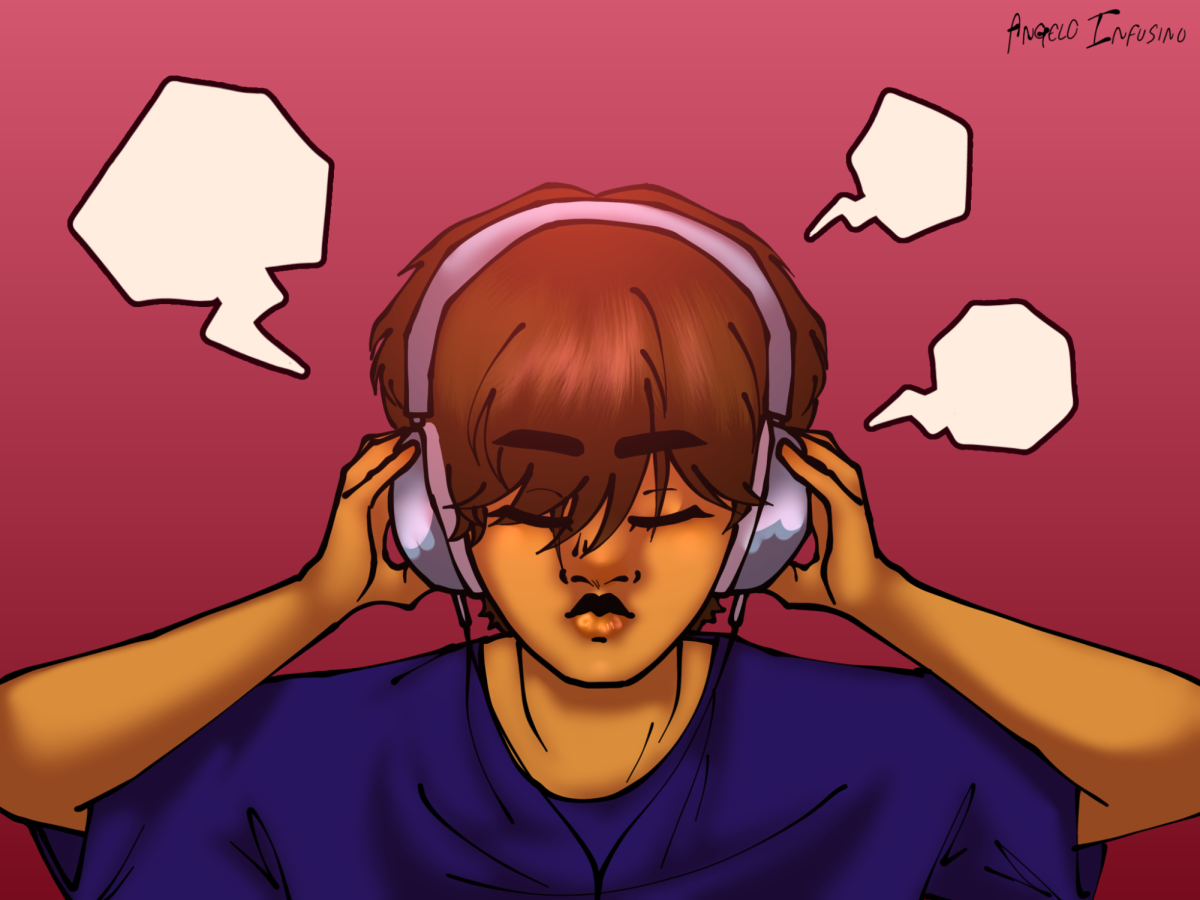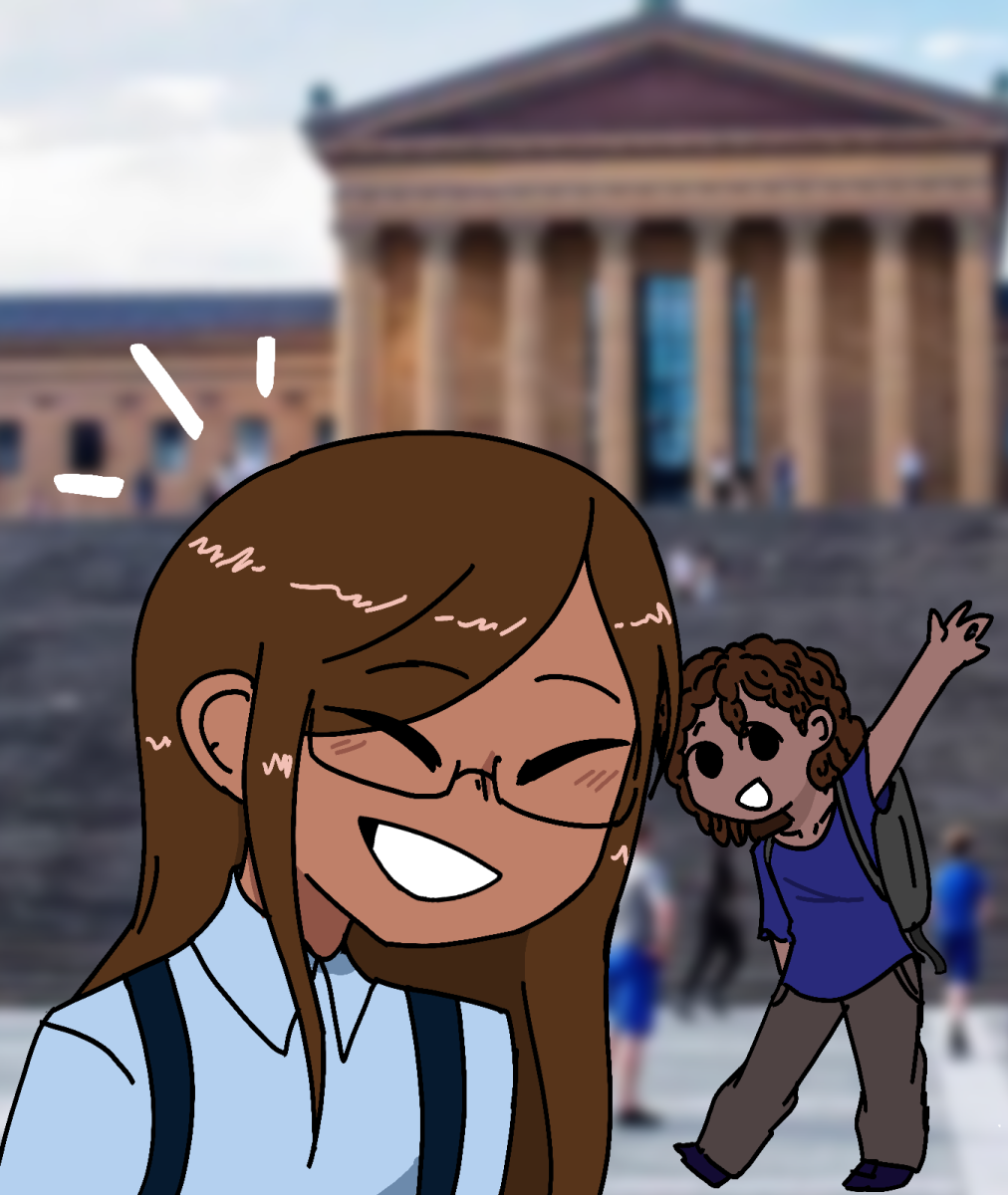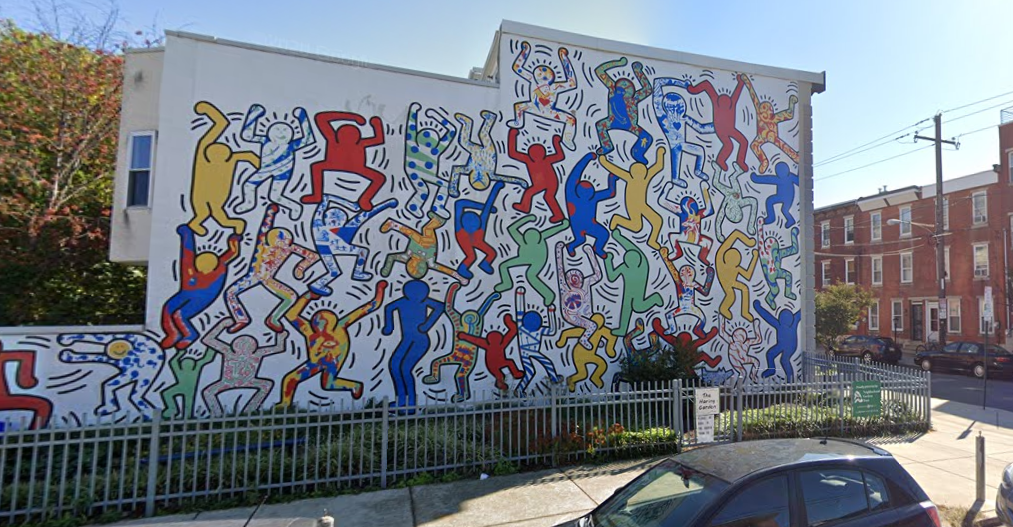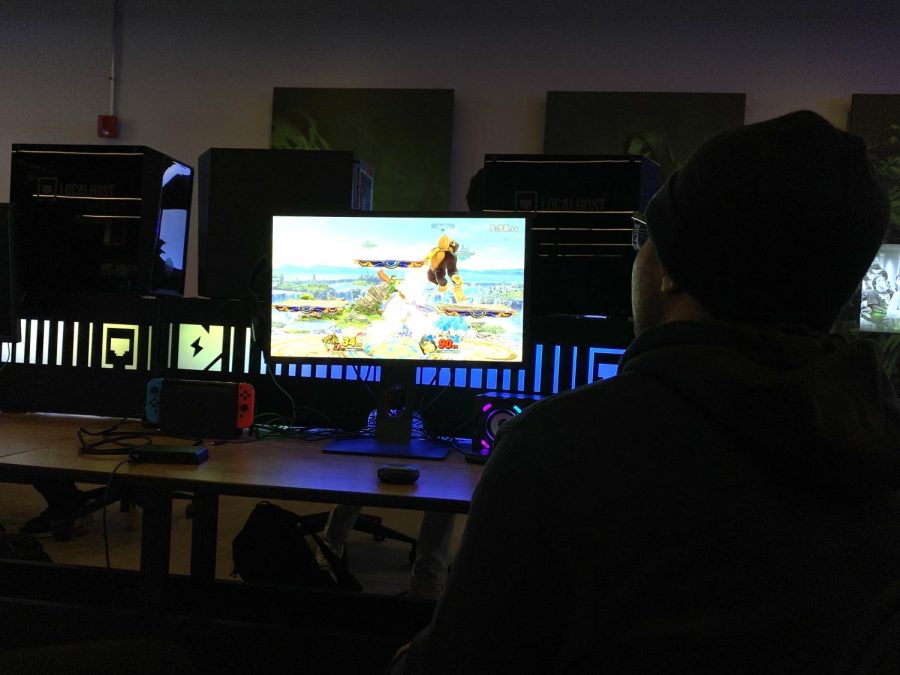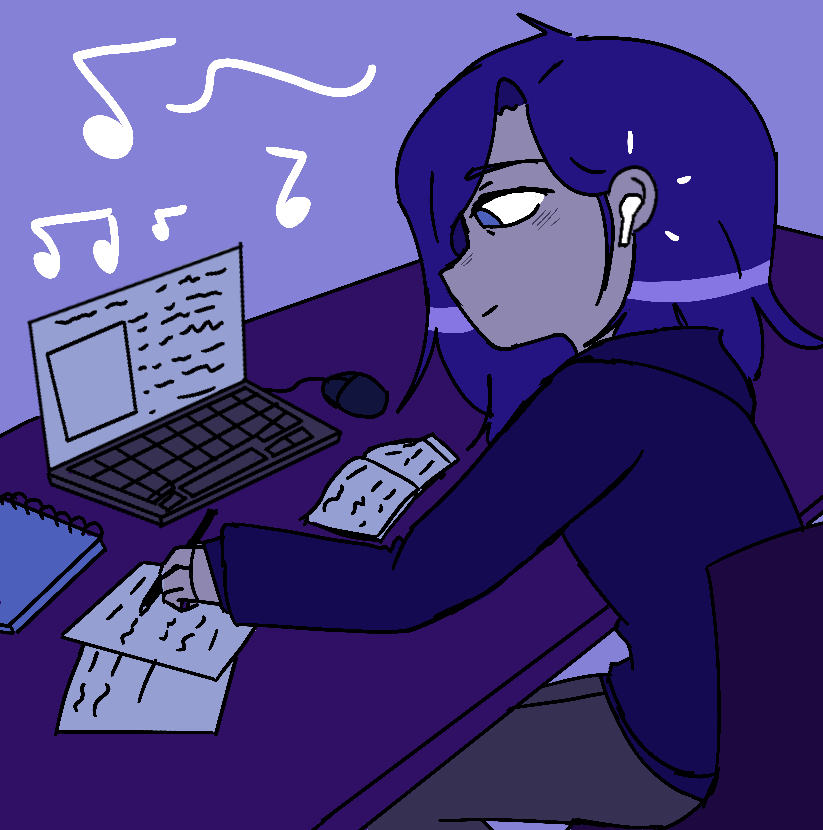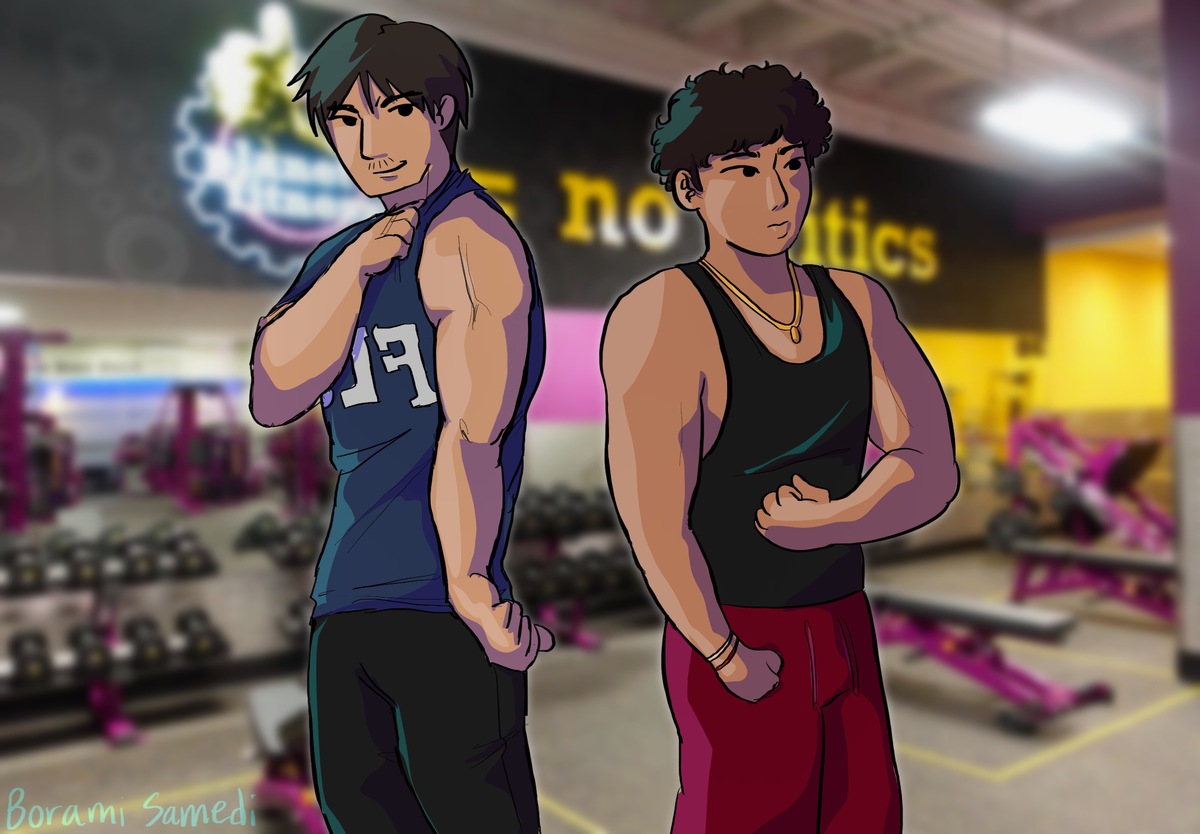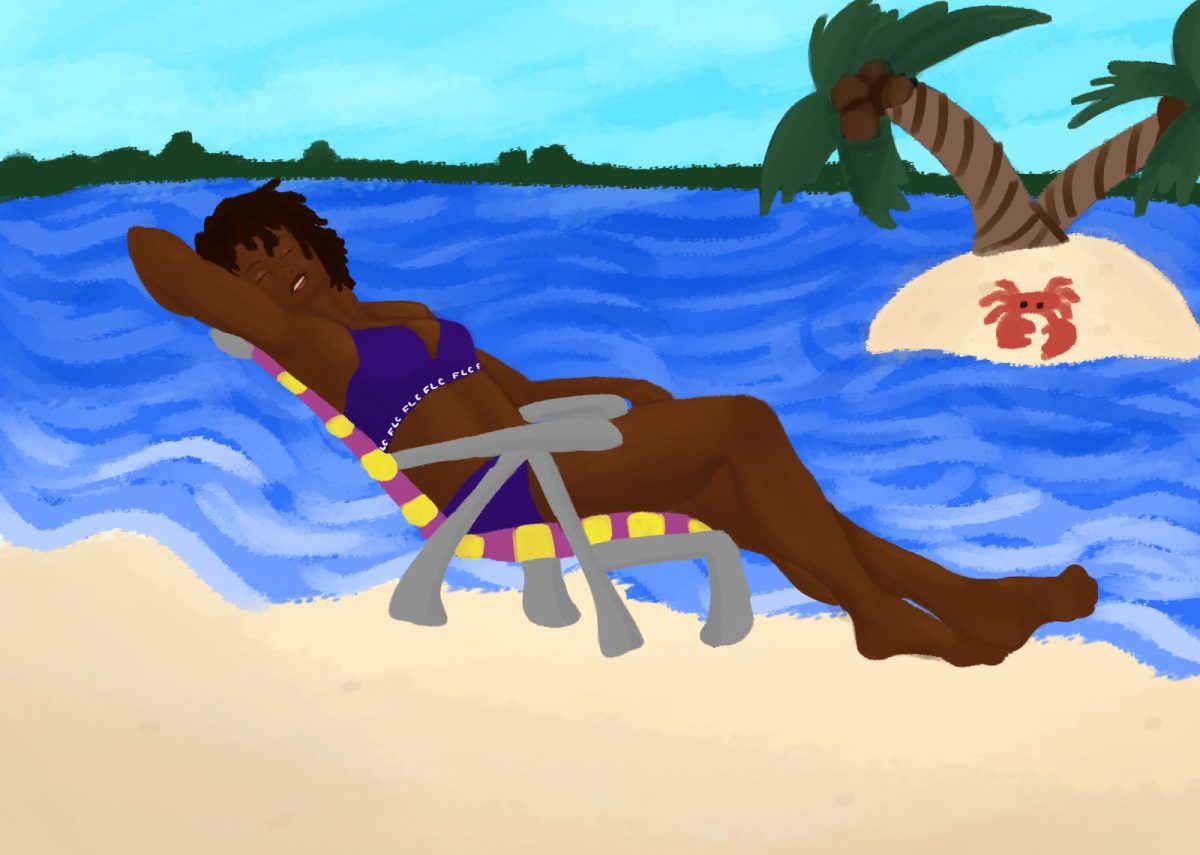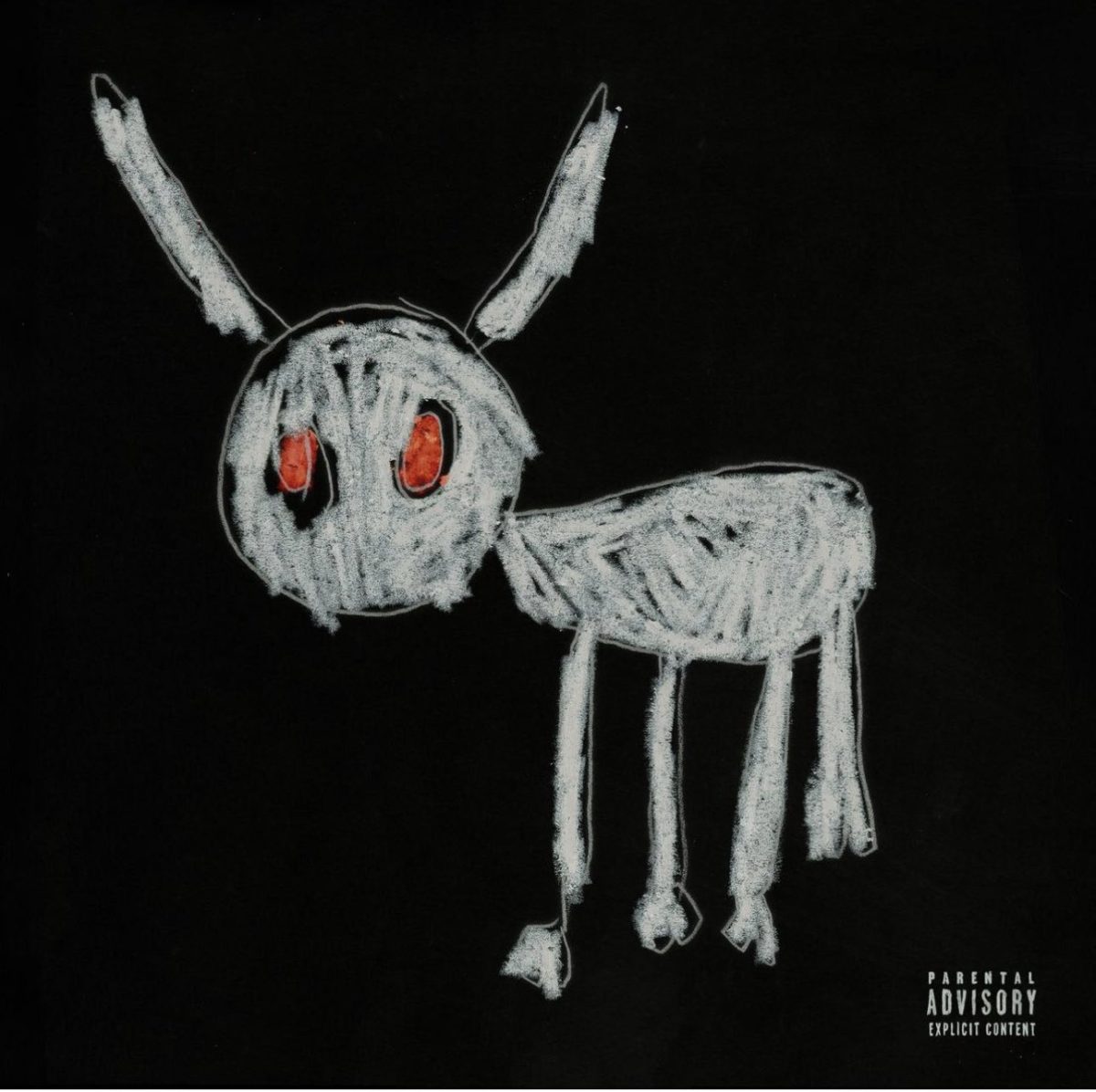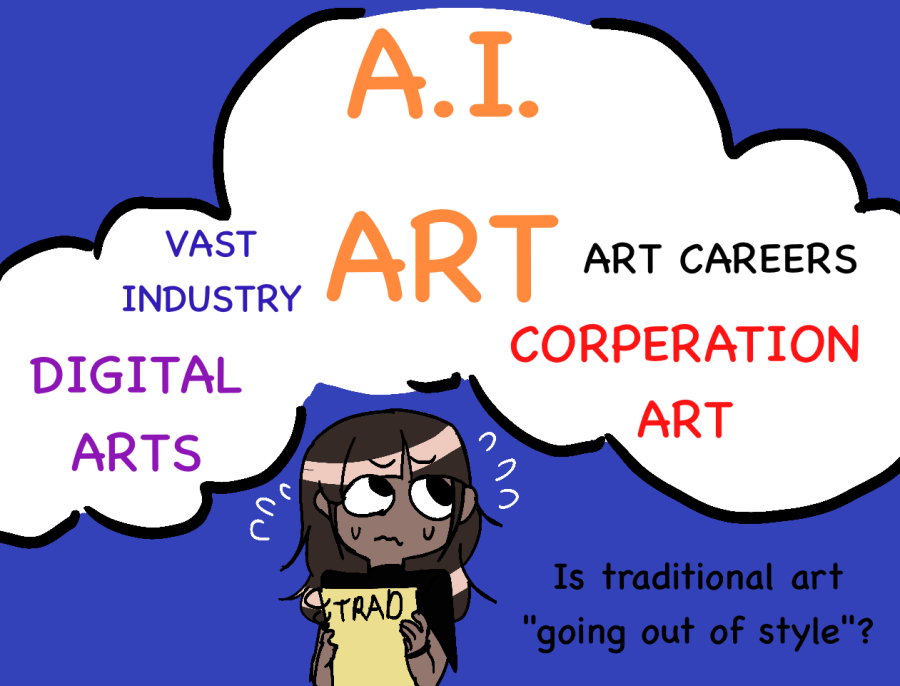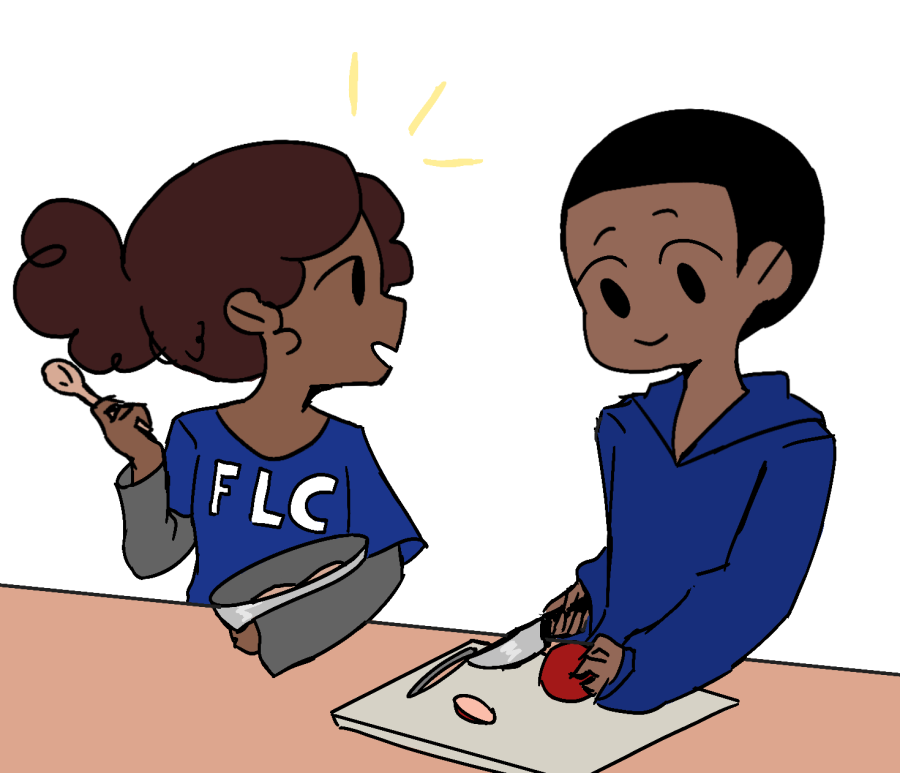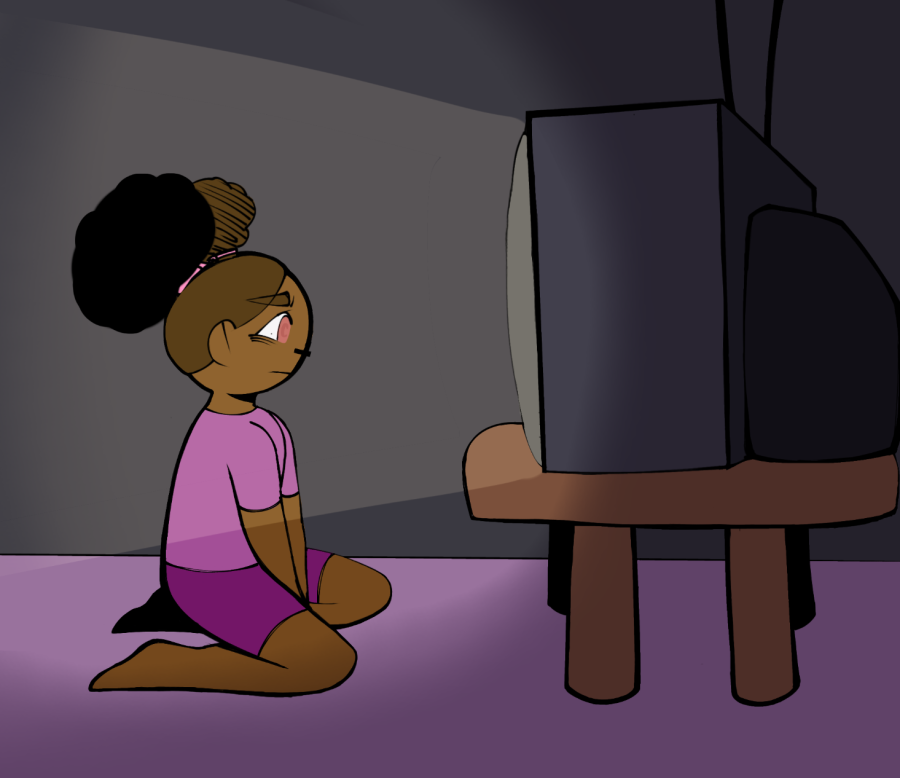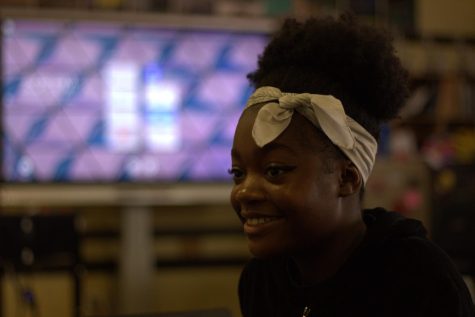Let’s be honest- reading books can sometimes be boring. But it’s inevitable for books to be uninteresting if you feel distant from the characters. Finding your race, gender, sexuality, or cultural background in a character can make reading a book feel engaging and comforting. Opposed to being disinterested in a book that isn’t relevant to your life. Relatable books can also connect you in a way that makes you feel seen; like you’re a part of a community. To help students with their reading, school based teacher leader Christine Garvey recommended some novels surrounding minority groups.
Before Garvey started teaching teachers how to plan lessons, provide support, and manage classrooms, she was an Honors 2 English teacher. Throughout the years, she’s observed her students and noticed how they’ve made their books reflect different minority groups.
She talks about what books students might be interested in and why it’s important to learn about them.
“One of my favorite memories at FLC was when a student saw the cover of The Hate U Give on my desk. She screamed, grabbed the book, and hugged it to her chest, pronouncing, ‘Finally, a book with someone who looks like me!”.
Oftentimes, students don’t find a protagonist that stands out or deeply connects with them. These authors focus only on the characters within the story and don’t think of the audience reading them.
Garvey gave her insight into this issue.
“Often, the main character is a white female who strives to take on evil herself. This archetype was made popular by The Hunger Games. Sometimes, minority groups are represented as minor characters,” explained Garvey.
But how are students supposed to be engaged when they feel too different from the characters? As a solution, Garvey found some great books that represent minority groups.
“But, over the last two years, publishers have found success with books like Children of Blood and Bone, a reimagining of African Folklore as fantasy, and A Blade so Black, a retelling of Alice in Wonderland–which have strong leading black female characters,” she said.
Though these are some great recommendations, what are students able to gain from these books? Why should our students read them in the first place?
As we learn these characters’ struggles and how they combat them, we can take them with us in our personal lives. Because we can see ourselves in these characters, reading about them will help us learn about ourselves in terms of how we would respond to these situations.
Garvey ends by explaining that it’s important to show support for these types of books so we see more of them.
She said, “The more teens request books that present subjects, morals, and characters they value, the more companies will funnel money to publish books that place minority characters and authors on the top shelf.”
Hopefully, we will find more books centered around minorities on the shelf so we all feel a bit more interested and included.


